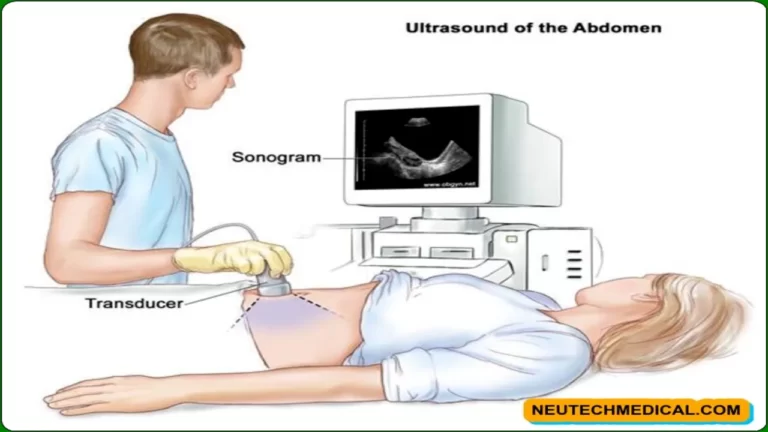
What is CR System
The CR system (computed radiography) is the use of a phosphor imaging plate to produce a digital image of X-rays.
CR systems use cassettes containing analog film and are generally considered to be a link between old-fashioned radiography and the increasingly popular fully digital methods.
CR systems are used almost in the same way as traditional film, and therefore require few changes to the workflow, and a smaller initial investment than DR equipment of similar quality.
CR systems also do not speed up workflow like DR panels and require more maintenance. CR cassettes can also run the risk of being damaged if stored or handled improperly, but are much cheaper to replace if dropped than DR systems.
Article About:- Health & fitness
Article About:- Medical Technology
Article About:- Sports
What is the working principle of CR system
In CR systems, when the imaging plates are exposed to X-rays or gamma rays, the energy of the incoming radiation is stored on top of a special phosphor layer.
There is a special machine, known as a scanner, which is used to read the hidden image from the plate by excitation with a very finely focused laser beam.
When excited, the plate emits blue light with an intensity proportional to the amount of radiation received during the exposure.
The light is then detected by a highly sensitive analog device known as a photomultiplier and converted into a digital signal using an analog-to-digital converter.
The generated digital X-ray image can then be viewed and evaluated on a computer screen.
After an imaging plate is read, it is erased by a high-intensity light source and can be reused – imaging plates can typically be used up to 1200 times or more depending on the application .
What is the process of CR system
CR captures an analog image, which is digitized by the reader. As the image is read by the scanner, a focused laser releases the stored image in the form of visible light photons.
These photons are collected and amplified by the scanner, converted into a digital signal and then transferred to a computer for processing and display.
CR has several important advantages:
- Phosphor imaging plates can be reused.
- Does not require chemical processing or solutions and a dark room.
- Plate exposure time is usually shorter than film.
- Scan-X View software provides tools to optimize image quality.
- Digital information is easily stored and shared
what are the difference between DR system and CR system
The difference between DR system and CR system is simply that – DR system is actually a digital X-ray whereas CR system is not an X-ray machine.
DR uses flat panel detectors based on direct or indirect conversion to charge the system, which is then processed to form a digital image.
CR uses cassette-based phosphor storage plates which are then scanned by computerized systems into a digital format for image processing, collection and presentation.
How does the CR Cassette work
The CR system uses a cassette similar to a film cassette. It consists of an imaging plate similar to an intensive screen in a cassette instead of film.
When X-rays interact with it to emit light, the imaging plate stores the X-ray energy in proportion and the intensity is obtained. When a CR system reader has a laser, the stored energy is released as visible light.
After processing the raw image the reader creates a digital image. This digital picture can be displayed on a monitor or printed on a laser printer (hardcopy).
What are the advantages of computed radiography
Advantages of CR, CR system cassettes replace film cassettes, the same X-ray Generators and X-ray tube equipment can be used, leading to considerable cost savings.
The digital picture can be viewed in multiple places at the same time. Digital images can be transferred rapidly. Storing digital images takes up less space than storing film.
It makes image retrieval easier, less laborious and faster. As the software enlarges the image, the CR retakes decrease.
rebroadcast Mainly due to positioning error and motion blur. Darkroom problems, such as odor, chemical hazard and darkroom integrity maintenance QA, are eliminated.

Read More Article About:- Health & fitness
Read More Article About:- Medical Technology
Read More Article About:- Sports
What are the disadvantages of computed radiography?
Disadvantages of CR systems, there is no significant time savings over the use of film. Processing is required to retrieve the image, and the CR plates must be erased.
Artifacts unique to CR can be introduced into the digital image acquisition and retrieval process. Finally, the patient’s dose (on average) is increased in most cases.
Compared to the 200-400 speed screen-film detector system that CR usually replaces.
What is the cost of CR system
CR systems typically range in price from $7500 to $12600. But this price varies from city to country.


















